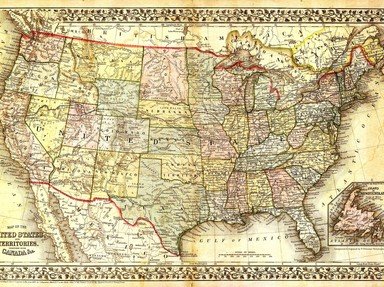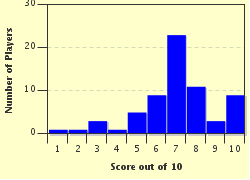Quiz Answer Key and Fun Facts
1. The first people to settle in Hawaii were the Polynesians who are estimated to have arrived in the year 1 A.D. via which method?
2. Which British explorer, who circumnavigated New Zealand, originally named the Hawaiian Islands the Sandwich Islands in 1778 after John Montagu, fourth Earl of Sandwich?
3. What is the name of the Hawaiian king who, in 1810, unified the islands under one flag?
4. The 1819 Battle of Kuamo'o was fought over the abolishment of the kapu system. What exactly is the kapu system?
5. What is the name of the British admiral who briefly succeeded in securing Hawaii as a British crown colony in 1843?
6. The Reciprocity Act of 1875 between the United States and Hawaii called for the duty-free import of which important Hawaiian crop into the United States?
7. The 1887 Bayonet Constitution, which stripped the king of his powers, also did what, which further strengthened the U.S. hold on the islands?
8. Who was the first Queen of Hawaii (and the last monarch when she was overthrown in 1893)?
9. Hawaii became the fiftieth state in the U.S. on August 21, 1959. This is in spite of the fact that Hawaiians voted 2-1 against statehood.
10. Which Belgian-born Hawaiian missionary was canonized as a Christian saint on October 11, 2009 and is the patron saint of people afflicted with leprosy?
Source: Author
Joepetz
This quiz was reviewed by FunTrivia editor
bloomsby before going online.
Any errors found in FunTrivia content are routinely corrected through our feedback system.

